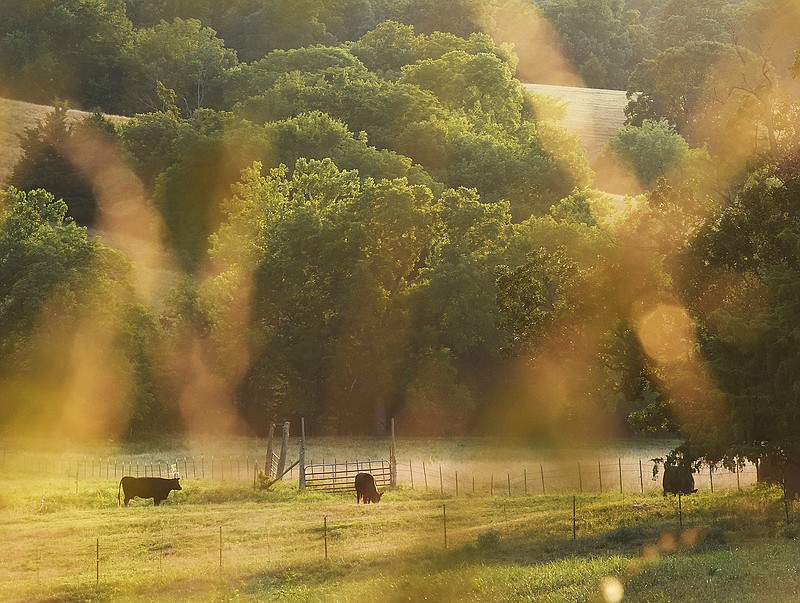Gov. Mike Parson on Wednesday directed the Missouri Department of Natural Resources to activate the Drought Assessment Committee and the associated drought-impact teams to help coordinate resources to address the impacts of this year's drought.
Parson said elements affected by the drought include livestock forage and water. There are at least three public water supplies in northern Missouri where much of the area is listed in "extreme" drought.
In accordance with the first phase of Missouri's drought plan, the Department of Natural Resources convened the climate and weather committee in January to begin monitoring drought conditions and consider response options.
At a committee meeting last week, they recommended the second phase of the drought plan be activated.
Phase 2 includes declaring a drought alert for 47 Missouri counties currently experiencing severe or extreme drought on the U.S. Drought Monitor, issued July 12. Cole County is one of those counties along with Boone, Callaway and Moniteau counties in Mid-Missouri.
The latest drought map shows all of Boone County in "severe" drought along with part of the western side of Callaway County and the extreme northern part of Moniteau County.
"Moderate" drought is shown in northern Cole and Moniteau counties as well as central Callaway County.
Abnormally dry conditions stretch from southern Moniteau and Cole counties up into eastern Callaway County.
In June, the Department of Natural Resources' Soil and Water Districts Commission granted a statewide variance that allows grazing on land that would normally not have livestock on it in an effort to help farmers deal with the drought.
The USDA Natural Resources Conservation Service is assisting Missouri livestock producers affected by drought. Missouri has $2 million available to help farmers plant cover crops to address inadequate feed and forage and other natural resource concerns, said J.R. Flores, state conservationist with the USDA service.
Farmers and ranchers in counties affected by drought can apply for assistance at local NRCS offices until Aug. 31. The U.S. Drought Monitor Report will be used to determine eligibility. Applications for assistance in counties with the more severe drought conditions will be given priority.
"Missouri has among the worst drought conditions in the Midwest, and we believe that seeding cover crops into pastures and cropland will at least offer our farmers and ranchers a chance of providing feed and forage over the next few months," Flores said. "We are focusing on what we can do to provide the most assistance in the quickest manner."

